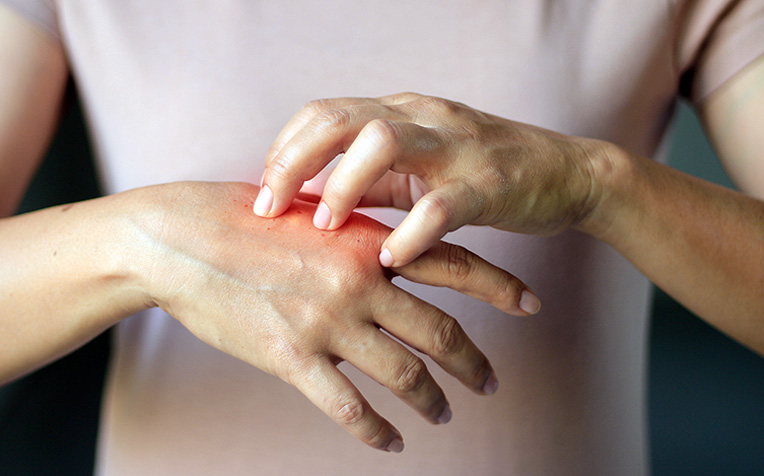Scleroderma is considered an autoimmune health condition that may lead to a hardening or tightening of the skin. In some cases, it also affects internal organs. It is a severe condition that affects the immune system and incorrectly activates in a way that hurts your body. This illustrates an overproduction of a protein and collagen, a formation block of connective tissues. This excess production leads to fibrosis ( an increase in tissue volume) of the tissues or skin of the lungs or other internal organs.
What causes scleroderma?
Like most autoimmune disorders, the precise cause is anonymous. Many individuals’ conditions may be complex, resulting from an amalgam of congenital and environmental factors. Some scleroderma symptoms have also been linked to vulnerabilities. In some cases of scleroderma, people who consumed contaminated food have L tryptophan. In some individuals, certain scleroderma affect lung diseases after exposure to specific toxins or chemotherapy factors to treat cancer, like bleomycin.
Types
Three kinds of SS are present, which are classified by the tissues concerned:
- Limited cutaneous systemic scleroderma. Fibrosis exclusively affects the face, hand, and arm.
- Diffuse cutaneous systemic scleroderma. Fibrosis affects extensive skin sections like the upper arms, torso, legs, and internal organs.
- Systemic sclerosis sine scleroderma. This happens when the fibrosis attacks only one or sometimes more internal organs, not the skin.
Symptoms

The manifestation and severity of this disorder will vary from one person to another based on the human body systems and organ involvement.
- Skin
It is typical to experience the hardening and tightening of dark patches in your skin. These dark patches are sometimes oval-shaped or sometimes appear in a straight line that covers a large part of your skin. It also appears shiny since it is so close to your movement limit.
- Fingers and toes
In this systemic scleroderma, you can notice small blood vessels in your toes and fingers begin to shrink or constrict in response to chilly temperatures or specific emotions. As a result, your toes or fingers become sore, turn blue, or go numb.
- Heart, kidneys and lungs
SS may affect your heart, kidneys and lungs. When the Scleroderma Symptoms reach this point, they become life-threatening without treatment.
- Digestive system
SS affects your digestive tract and, you will experience heartburn or difficulty swallowing. Your intestines can be affected too. You may experience cramps, bloating, diarrhoea and constipation. Your body receives the nutrition it requires to function in your intestines. So, if your muscles aren’t operating to digest your meals, you may suffer from nutritional shortages.
Treatments for SS have drastically enhanced in the past 30 years. But still, there is no cure for SS but there are some other treatments that might help you control your symptoms. However, It is the best idea to consult with your doctor if one or more of these signs are interfering with your daily life. Your doctor can suggest you according to your symptoms in your treatment plan. You can also request your doctor to assist you in finding local support for SS. Chatting with other people who experience similar problems can make it more comfortable to cope with a severe condition.



































